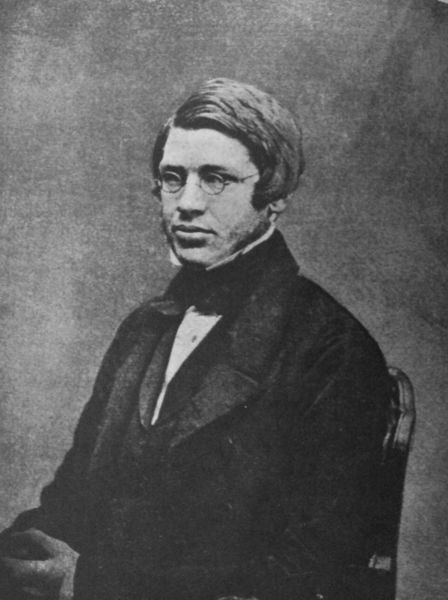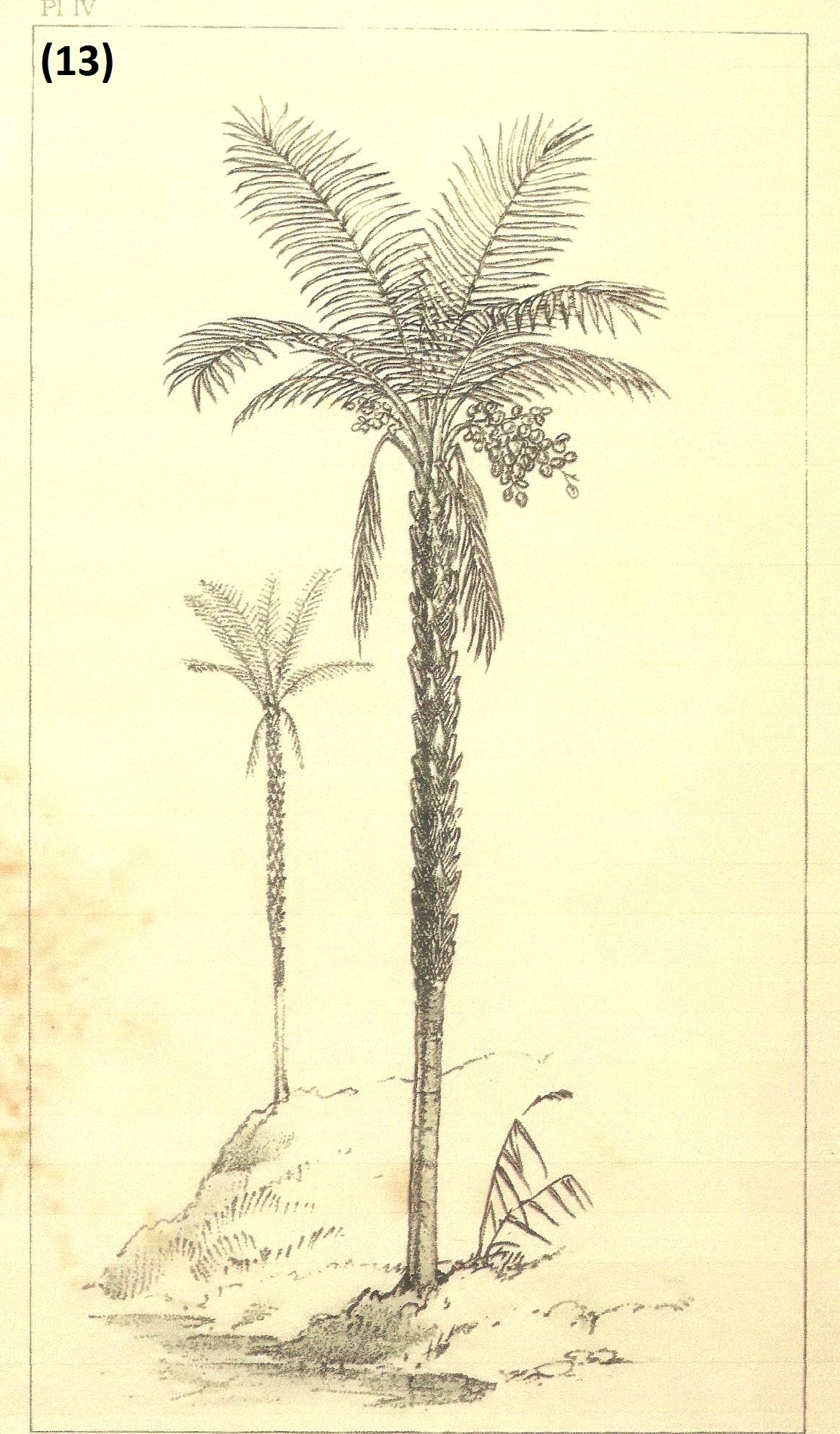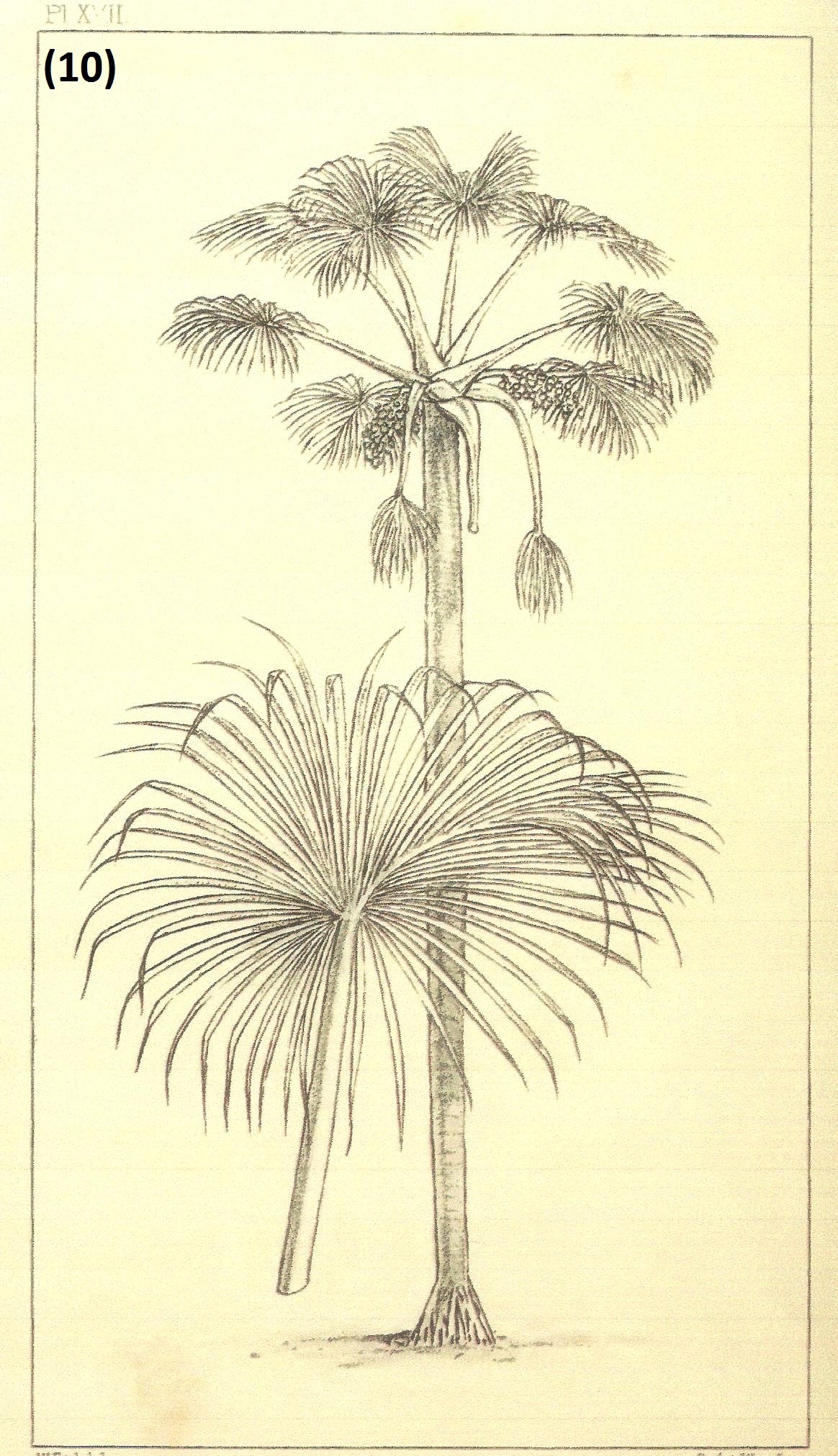Wallace in the Amazon: Palm Trees & Their Uses
by Rosa Andrea Lopes de Souza
 Well before Alfred Russel Wallace went to the Malaysian archipelago, where he developed the idea of natural selection, he journeyed to the Amazon (originally with his friend Henry Bates). From 1850 to 1854, Wallace (now on his own) explored the region of the Rio Negro, where he observed, described and collected specimens of different types of animals and plants. In particular, he investigated palm trees, which became the subject of a book in 1853, Well before Alfred Russel Wallace went to the Malaysian archipelago, where he developed the idea of natural selection, he journeyed to the Amazon (originally with his friend Henry Bates). From 1850 to 1854, Wallace (now on his own) explored the region of the Rio Negro, where he observed, described and collected specimens of different types of animals and plants. In particular, he investigated palm trees, which became the subject of a book in 1853,  once he had returned to England: Palm Trees of the Amazon and Their Uses. This short series of lessons allows students to follow in Wallace's footsteps, construct a taxonomy (phylogeny) of palm trees, and to reflect on various aspects of the nature of science exemplified in Wallace's expedition. once he had returned to England: Palm Trees of the Amazon and Their Uses. This short series of lessons allows students to follow in Wallace's footsteps, construct a taxonomy (phylogeny) of palm trees, and to reflect on various aspects of the nature of science exemplified in Wallace's expedition.
Scientific Practices and NOS features include:
- Funding research
- Planning logistics of field expeditions
- Collecting & preserving specimens
- Collaborating with other experts
- Reading maps and plotting data
- Observing and describing distinctions
- Recording visual observations (drawing)
- Comparing and assessing data
- Building simple models
- Applying existing knowledge to interpret observations
- Developing background knowledge
- Using computational methods
- Comparing & assessing alternative models
Download overview of lesson.
Download outline of teaching sequence.
Download outline of NGSS benchmarks.
Download student handouts and guides.
Download descriptions and drawings by Wallace (1853) and photos by Lorenzo (1996). OR Half-size
OR Download ALL [ZIP file]
| 
